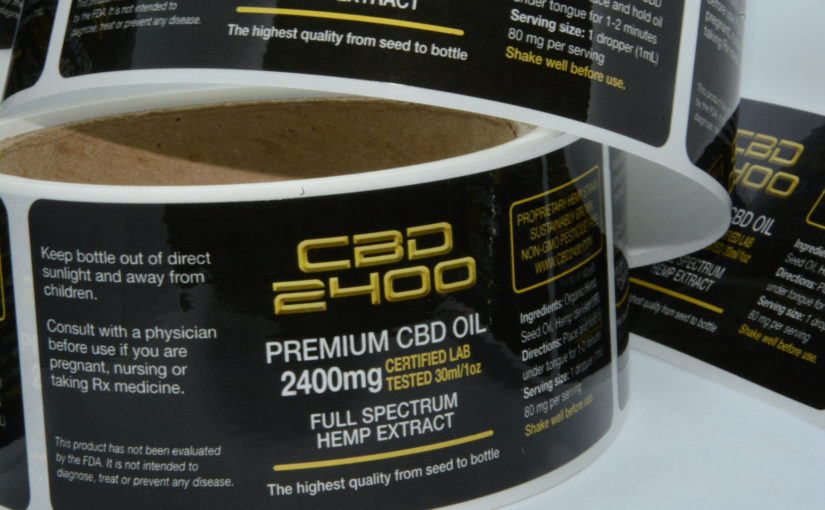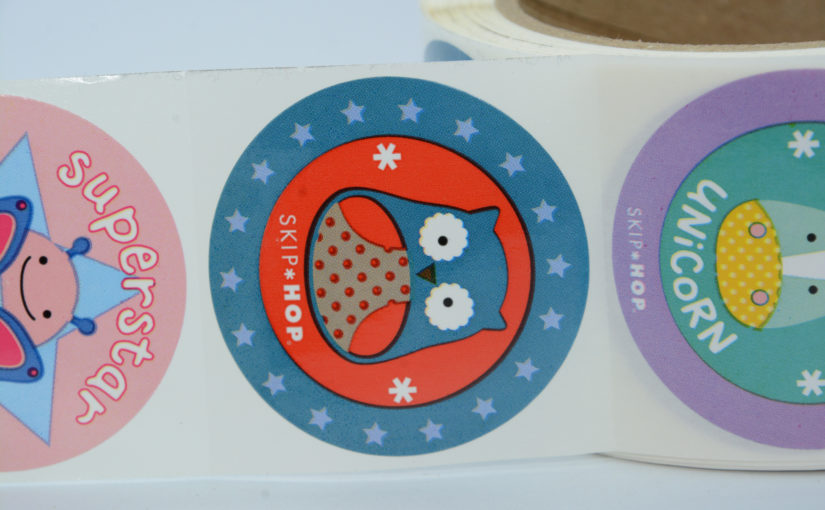In the label world, BOPP is a very common film material to print labels onto. It is an amazing material that is reasonably priced, and is used for countless reasons. But most people out there are probably wondering… what on earth is BOPP? Well, let’s break the acronym down shall we?
BOPP: Biaxially oriented polypropylene
So, what does this mean?
Polypropylene is a type of plastic, and biaxially oriented has to do with the orientation of the molecular chain. Simply put, it is a stretched and softened type of plastic made into a film that we use in the print industry.
Why do we love this particular material so much?
BOPP is known for being durable, waterproof, resistant to quite a few common acids, and has the option to be made with a clear (or see-through) background, white background, and metallic backgrounds.
All of these benefits can be valuable in many industries, but the food industry in particular comes to mind.
Labels need to obviously be non-toxic to put onto actual food products, so that is a real win here. Quite a few food products are stored in damp spaces, so the label being waterproof is also a strong need. Many clients do not want a giant sticker on their food items, so having a basic logo on a clear background is a common go-to for them. And finally, BOPP’s durability and resistance to acids allow it to be used on foods that would otherwise corrode different materials. It really is a wonderful material option to meet the needs of companies everywhere.
We hope you learned something from this article, and will leave you with a final list of reasons why BOPP is a fantastic printing material.
– Low Cost
– Light and Strong
– Non-Toxic
– Easily printed on
– Resistant to acids
– Resistant to moisture
– Clear background possible (No Label look)
– Popular bath product label material
– Popular food product label material
– Popular bottle label material
– Recyclable




